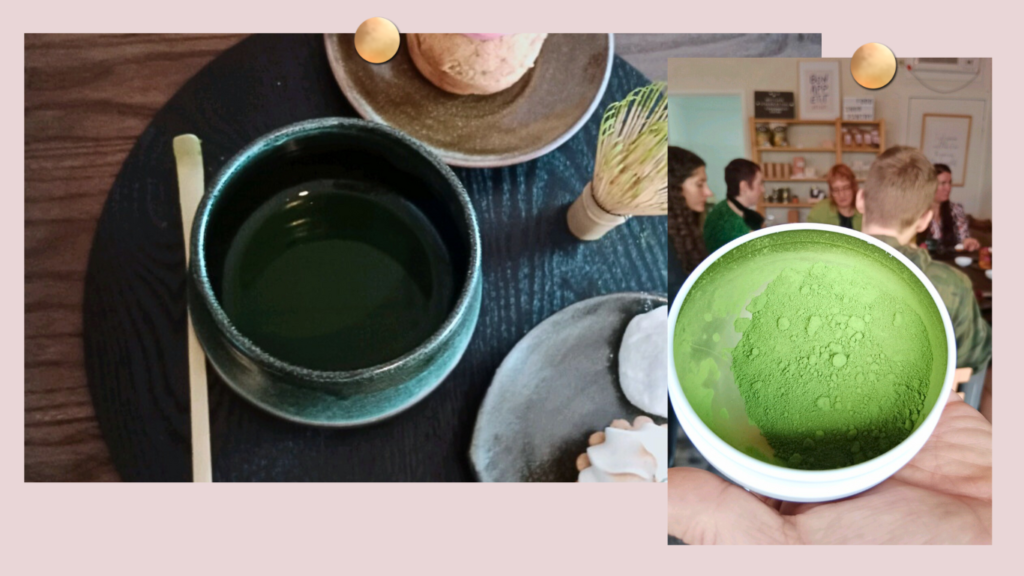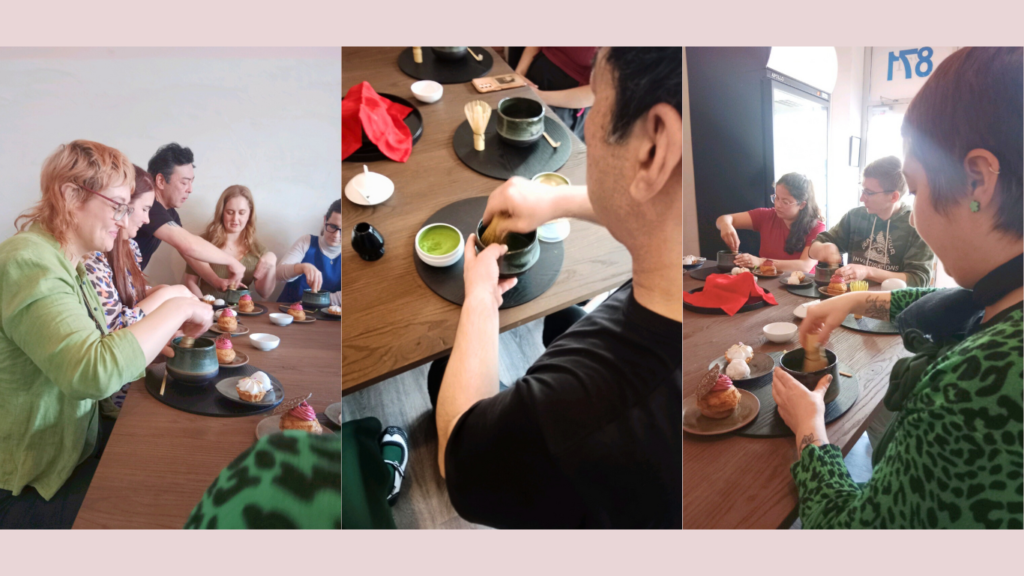
How to choose Matcha? How do I know the matcha I am buying is a quality one? These are questions you could be asking yourself when starting to source this now very popular Japanese tea.
Matcha is a traditional green tea powder from Japan. Well known around the world for its health properties and rooted in Japanese historic traditions, it has gained such rising global popularity lately that it has been hard to cut the noise to truly know about this Japanese green gold.
So here is a list helping you to know what to look for as well as some common marketing traps around the world of Matcha.
- Do I need a “Ceremonial” grade matcha?
Ceremonial might sound super official, but the truth is that in Japan, it isn’t a criteria at all. Indeed, ceremonial is a description often used by tea resellers outside Japan to convey an idea of quality and exception. This has nothing to do with an official grading of Japanese teas or farmers.
Instead of looking at the wording, it can be interesting to look at the origins instead.
- What is the origin of the Matcha?
For a high-quality matcha, the origin of your matcha should be described on the packaging. By origin, you would want to know more than Uji or Fukuoka. You would want to know about the cultivar(s), or even the name of the farmer, even though the latest is sometimes hidden by some resellers so they keep it a secret from their competition. The more information you find about the origin, the more transparency you get to make an informed choice. A bit like wine, the label will tell you everything you need to know about its origins. So if we would transfer these expectations around teas and matcha included, we would be likely to get better quality choices overall.
A lot of matcha powders are actual blends from multiple farmers, rather than single origins. You will likely know if it isn’t a single origin by the amount of information supplied about it.
The kind of information often supplied by quality matcha resellers are:
– City or Village of origin, (more than the tea region itself)
– Tea Estate or Farmer’s name,
– Name of the cultivar(s),
– Method & Year of harvest,
– Steaming method,
– Shading method. The length of shading contributes to higher-quality leaves, reducing the amount of catechin and maintaining theanine levels, but also delays leaf growth, which results in lower crop quantity and therefore a higher price. Four weeks is a common length of shading time, but lower-quality leaves can be shaded for as little as 14 days while higher-quality ones can extend up to 40 days.
- Is the matcha sold as is or with added ingredients?
Nowadays, a lot of matcha teas are blended with sweeteners or even milk powders. While this may sound like a practical way to make a latte, it is in fact, so much further from the truth.
Indeed, these blends are problematic in many ways:
– Sweeteners oxidise the matcha. It’s a bit like “curing” the green tea leaves, which impact the overall colour, taste and freshness of the matcha you will be drinking. With time, the colour can turn into a muddy green or even close to grey in some cases.
– Because of all the added ingredients, the matcha’s price will likely be more appealing. This is also misleading as you will be forced to add more powder to get a proper matcha flavour, which won’t even bring you the best experience because of the powdery aspect the other ingredients will bring.
– These ingredients are not added by the Japanese tea farmers, but by the seller or their manufacturer. One important thing about matcha is that is it sold by farmers in specific packaging, decided by themselves and sometimes their reseller clients. The matcha is packaged straight once ready after processing. Opening a bag of matcha will alter its freshness and best before consumption date, a bit like opening a bag of biscuits.
This means that a reseller adding other ingredients to Matcha has opened a fresh bag of matcha and then repackaged it. By buying this matcha, you are likely to be impacted on your overall drinking experience. And if you are consuming matcha for its taste or even health benefits, it would be recommended to source matcha that has been packaged by the farmer, themselves.
- Has the matcha been packaged by the farmer or the seller?
While you will find pretty packaging and labels, it doesn’t mean much about the matcha you will be drinking. To look beyond the marketing strategies and understand matcha, it is better to find the information previously mentioned, as well as the place of packaging information.
Matcha is packaged by the farmers themselves into a sealed flat pouch or in foil tea bags for tea canisters. Their quantity is usually small, about 20g and their larger retail sizes can go up between 120g and 250g. Once open, it is best to keep your matcha in the fridge to optimise its freshness.
To finally empower you in your matcha degustation journey, here is a little sum-up of cultivars and what to expect from them:
The choice of cultivar will impact the quality and taste of the final matcha product. Each cultivar has its unique characteristics that will influence the flavour, colour, and texture of the tea leaves. Some farmers will play with different cultivars to create their own blend.
Matcha cultivars names: Asahi, Asanoka, Gokou (or Gokо̄), Hо̄shun, Kanaya Midori, Samidori, Saemidori, Okumidori, Okuyutaka, Seimei, Tenmyо̄, Uji Hikari, Uji Midori
Here is a little explainer on common cultivars:
Yabukita: the most common, rich umami flavour.
Samidori: known for its sweet and floral aroma and delicate flavour. Often used in high-quality matcha, which is prized for its smooth and creamy texture. It is a preferred choice for making flavoured matcha drinks, such as matcha lattes and smoothies.
Okumidori: known for its vibrant green colour, strong umami flavour, and slight bitterness. Okumidori is commonly used in matcha prized for their bold and complex flavour.
Uji Hikari: known for its mild flavour and low bitterness. It is a popular cultivar that is grown in the famous Japanese tea region of Uji.
Gokou: known for its rareness and high-quality flavour. Often used in high-end matcha, prized for their exceptional quality and flavour. Gokou is a delicate cultivar that requires careful cultivation and processing to bring out its full potential.
We hope that this article has been a helpful guide to empower you in your matcha discovery.
At W.H.I.P Patisserie, we proudly stock Sabo Tea Atelier ‘s matcha and curated Japanese teas from small-scale and passionate farmers.
Discover our upcoming tea-related events!
